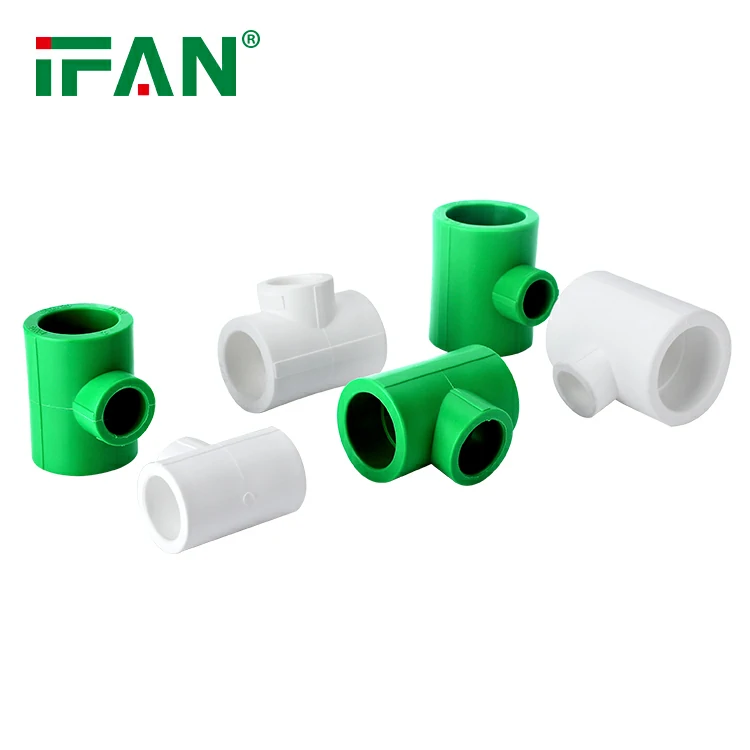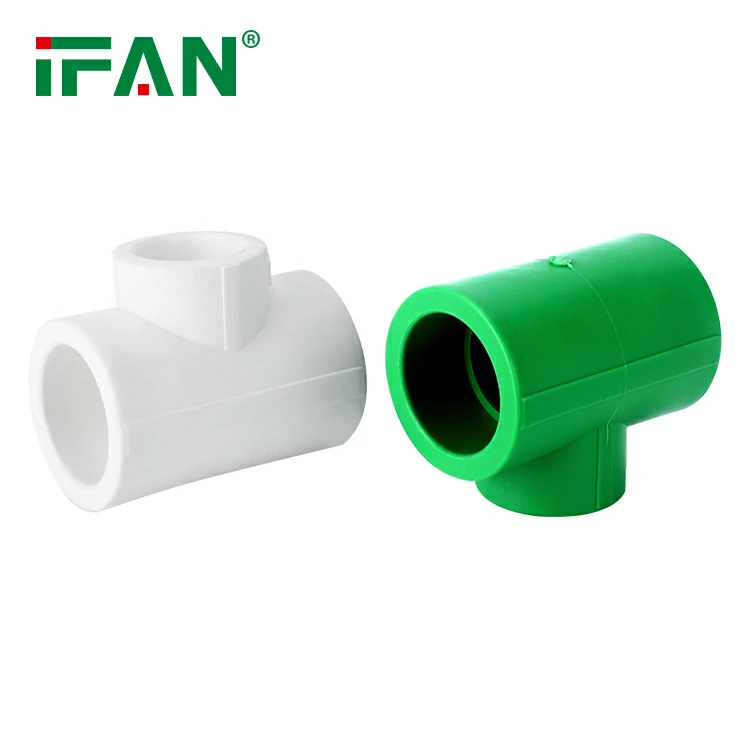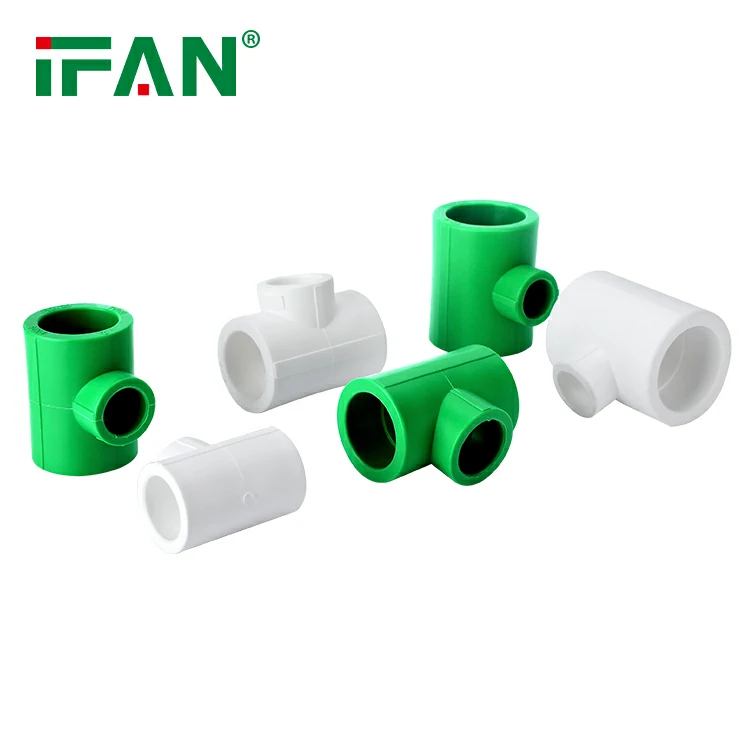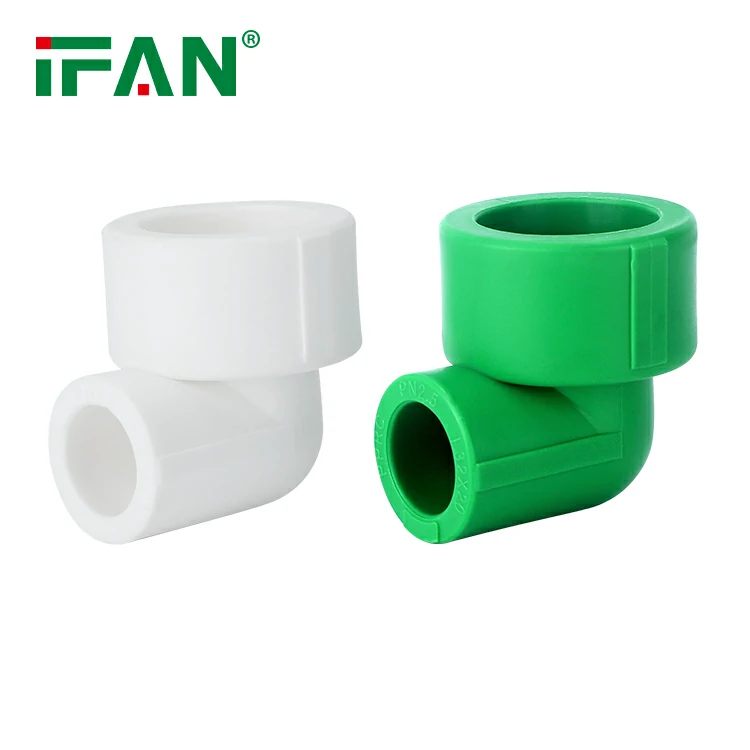Introduction
PVC pipes are versatile materials that can be used for more than plumbing and construction projects. One creative and practical use is crafting a bowfishing bow, a simple yet effective tool for fishing enthusiasts. With a little effort and basic materials, you can create a durable, lightweight, and cost-effective bow using PVC pipe. In this article, we’ll provide a step-by-step guide to building your own bowfishing bow, along with essential tips for success.

Why Use PVC Pipe for a Bowfishing Bow?
PVC pipe is an excellent material for making a bowfishing bow due to its flexibility, durability, and availability. Here are some reasons why PVC pipe stands out:
- Affordable: PVC pipes are inexpensive compared to commercially available bows.
- Lightweight: Easy to handle and carry for extended fishing sessions.
- Customizable: You can modify the bow’s size and strength to suit your needs.
- Durable: PVC withstands wear and tear, making it ideal for outdoor use.
Materials You’ll Need
Before starting, gather the following materials and tools:
- PVC Pipe: A 3-4 foot length of 1-inch diameter PVC pipe.
- Heat Source: A heat gun or propane torch for shaping the pipe.
- Paracord or Nylon String: For the bowstring.
- Fiberglass Rod or Wooden Dowel: To reinforce the PVC pipe.
- PVC Caps: Optional, for neat finishes on the bow ends.
- Arrows with Fishing Tips: Specialized arrows for bowfishing.
- PVC Glue: For securing the caps (if used).
- Sandpaper: To smooth the edges and surfaces.
- Marker: To mark points for cutting and bending.
- Clamps or Vice: To hold the pipe in place during shaping.
Step-by-Step Guide to Making a PVC Bowfishing Bow
Step 1: Prepare the PVC Pipe
- Measure and Cut: Cut the PVC pipe to your desired bow length, typically between 3 and 4 feet for beginners.
- Mark the Center: Use a marker to identify the midpoint and the locations where you’ll create the limb bends (6-8 inches from each end).
Step 2: Heat and Shape the Bow
- Apply Heat: Use a heat gun or torch to evenly heat the PVC pipe at the marked bending points. Be careful not to overheat, as this can weaken the material.
- Bend the Pipe: Gently bend the pipe at the heated sections to form the bow’s curve. You can use clamps or a jig to ensure a consistent shape. Let the pipe cool and set in the desired position.
Step 3: Reinforce the Bow
- Insert a Fiberglass Rod or Dowel: Slide a fiberglass rod or wooden dowel inside the PVC pipe for added strength and flexibility. This step is optional but recommended for better performance.
Step 4: Attach the Bowstring
- Create Notches: Use a file or knife to carve small notches near the ends of the bow for the bowstring. Ensure the notches are symmetrical and secure.
- Tie the String: Cut a piece of paracord or nylon string slightly shorter than the bow. Tie loops at both ends and secure them in the notches. The string should be taut when attached.
Step 5: Fine-Tune and Finish
- Sand and Smooth: Use sandpaper to smooth any rough edges or surfaces on the bow.
- Attach PVC Caps: If desired, glue PVC caps to the ends of the bow for a polished look.
- Test the Bow: Carefully draw the bowstring to ensure the bow flexes evenly and the string is secure.
Tips for Bowfishing with Your PVC Bow
- Use Specialized Arrows: Bowfishing arrows are heavier and have barbed tips designed to catch fish effectively.
- Install a Reel: Attach a fishing reel to your bow to retrieve arrows easily.
- Practice: Spend time practicing your aim and technique before heading out to fish.
- Inspect Regularly: Check the bow for wear and tear, especially around the bowstring notches.
- Respect Local Laws: Ensure you follow local regulations for bowfishing.
Benefits of a PVC Bowfishing Bow
- Cost-Effective: DIYing your bow can save money compared to buying one.
- Customizable: Tailor the bow to your preferred strength and size.
- Fun and Rewarding: Building your own bow adds a personal touch to your fishing experience.
Conclusion
Making a bowfishing bow using PVC pipe is a rewarding DIY project that combines creativity with functionality. This affordable and lightweight tool is perfect for beginners and seasoned bowfishers alike. By following the steps outlined above and practicing safety precautions, you can craft a reliable bow and enjoy a unique fishing adventure.
FAQs About PVC Bowfishing Bows
1. Is PVC strong enough for a bowfishing bow?
Yes, PVC is strong and flexible enough for a bowfishing bow, especially when reinforced with a fiberglass rod or dowel.
2. Can I adjust the draw weight of a PVC bow?
The draw weight can be adjusted by modifying the pipe’s thickness, length, or reinforcing materials.
3. Do I need a reel for bowfishing?
A reel is recommended for retrieving arrows, but you can manually retrieve them if preferred.
4. What kind of arrows should I use for bowfishing?
Use specialized bowfishing arrows with barbed tips designed for catching fish.
5. Is bowfishing legal everywhere?
Bowfishing laws vary by region. Check local regulations before fishing to ensure compliance.





